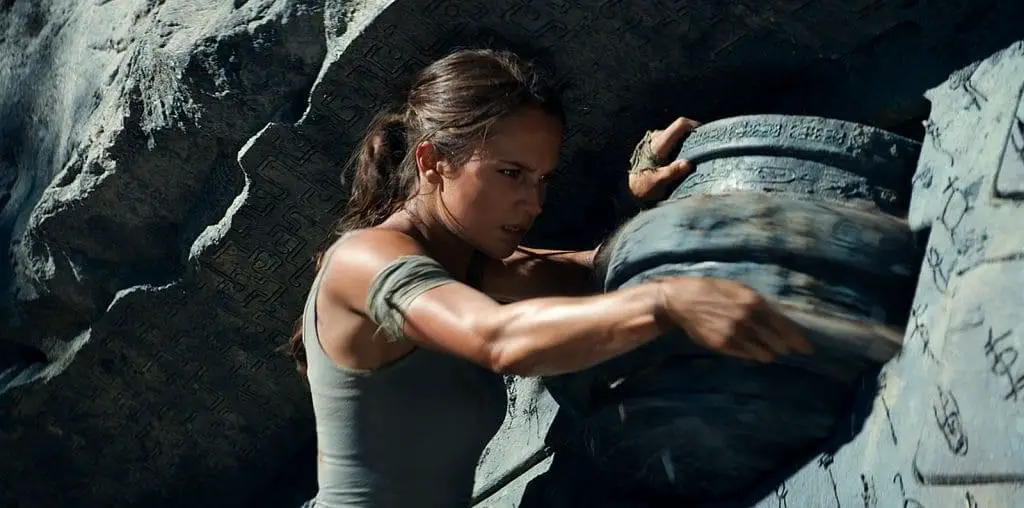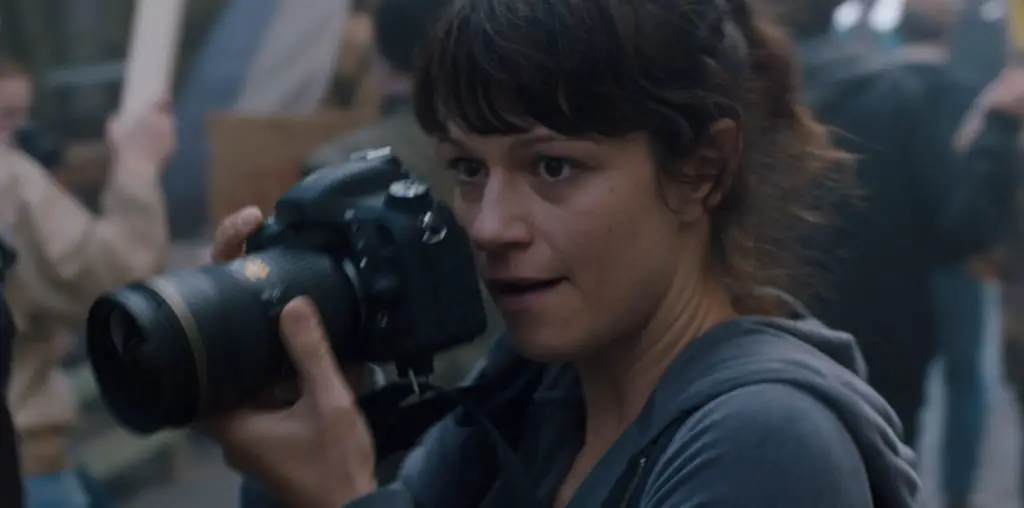
In 1957, the Japanese producer Hiroshi Okawa decided to challenge Walt Disney as a major source of feature-length animated films. At the time, it was a daring proposition: outside of Max Fleischer’s unsuccessful “Gulliver’s Travels” and “Hoppity Goes to Town” and a few independently-produced European productions, Walt Disney literally had the feature-length animated market to himself. In Japan, animated films were being produced as far back as 1917, but they were all short subjects and none were exported for global release.
Okawa founded the Toei Doga studio, which was a subsidiary of Japan’s reigning Toei studio. For his first release, Okawa chose a classic Chinese folk tale about a young nobleman who falls in love with a mysterious young woman who is really the anthropomorphic embodiment of a magical serpent. In 1958, the film “Hakujaden” (“The Legend of the White Snake”) was released in Japan — making it the first full-length color anime movie.
Today, anime is an integral part of the cultural landscape. Yet the groundbreaking “Hakujaden” is virtually unknown outside of Japan. Its obscurity is a major shame, since its historic importance is equaled by its visual charm.
The problem with reviewing “Hakujaden” comes from the painful fact the original Japanese-language film was never commercially released in the United States. When it was brought to American theaters, it was retitled “Panda and the Magic Serpent” and the work was subjected to shoddy redubbing (though strangely, the original Japanese songs were left intact). In the version “Panda and the Magic Serpent,” there are literally two films running at once: the graceful Japanese visual story and the clumsy American soundtrack.
Too much of the American version is narrated by Marvin Miller, the star of the then-popular TV show “The Millionaire.” Miller’s tone is excessively solemn and very serious, to the point that it often sounds like he is trying to lull the viewer asleep. Miller leaves virtually nothing to the viewer’s imagination, pointing out every emotion and thought the characters experience, yet he never wavers his tone or vocal inflection. A more monotonous narration does not exist.
When the characters are given a chance to speak for themselves, their English voices sound too squeaky and don’t quite fit their appearance. (Bad dubbing would, of course, remain an aspect of American-imported anime ever since.) There is even a talking duck in the film, and the American voice artists regrettably decided to joke with Uncle Walt by giving their waterfowl the exact same voice as Donald Duck.
So who is Panda? Well, the young nobleman at the center of the story has two bouncy animal sidekicks: a mischievous panda bear named Panda and a cautious red panda named Mimi. However, the American version changed Mimi into a cat — it seemed no one knew what a red panda was, even though the creature on the screen looks nothing like your average feline. Actually, Panda and Mimi have their own adventures opposite of the main love story. This includes taking control of a dockyard gang of nasty animals (including the aforementioned duck) while searching for the nobleman, who was sent into slave labor after falling disastrously in love with the woman who is really a snake.
Are you confused? You’re not alone. Even the U.S. title adds to the puzzlement, since Panda and the serpent are not in the same scenes. Clearly, the English-language dub-job left American audiences puzzled and cold to the movie. Which is a shame, since “Hakujaden” is rich with some of the most wonderful animation put on screen. The film’s spectrum of artistic imagery — from the delicate yet chaste love scenes to the playful animal antics (Panda and Mimi’s dance number across a row of drums is priceless) to climactic storm at sea when the serpent shows her true scales — easily surpasses the Disney output of the late 1950s. Reportedly, a Japanese high school senior who saw “Hakujaden” in its first release was moved to tears by the film’s beauty and grace, and he vowed to pursue animation as a career. The young man was Hayao Miyazaki and the rest, as they say, is anime history.
Alas, few aspiring American artists had the chance to cry over “Hakujaden.” It did not arrive in the U.S. until 1961 and it had the misfortune of playing up against two other anime titles which were produced after “Hakujaden” was completed: “Alakazam the Great,” which was released by American International Pictures, and “Magic Boy,” which was distributed by MGM. Both of these films had major marketing campaigns behind them, and both were box office flops. “Panda and the Magic Serpent” was released with minimal fanfare by the tiny indie distributor Globe International and barely made a dent.
In the U.S., the version “Panda and the Magic Serpent” was briefly released on home video by the now-defunct Family Home Entertainment label. The copyright on the U.S. version lapsed into the public domain and many labels have since offered bootleg copies based on faded, scratchy 16mm prints. The original beauty of the “Hakujaden” color composition is lost in these bootlegs; the video I have (from a well-regarded label which is still in business and celebrated for movie restorations!) uses a hopelessly faded print source, to the point that parts of the film are nearly impossible to enjoy.
So why hasn’t “Hakujaden” seen a major restoration and revival in the U.S.? The film’s obscurity doesn’t help, and neither does its gentle nature. Although it involves sequences of slave labor and a tumultuous storm at sea, the film is very much an old-fashioned family friendly adventure. Today’s die-hard anime fans (even those weaned on the “Pokemon” slam-bang) might consider “Hakujaden” to be much too mild for contemporary pleasure.
And that’s a pity. There is a richly entertaining and historically valuable movie in “Hakujaden,” but in its current bootleg state it is only a pale shadow of its true self. Here’s one film that desperately needs a digital restoration and major revival.
____________________________________________________________
IMPORTANT NOTICE: The unauthorized duplication and distribution of copyright-protected material is not widely appreciated by the entertainment industry, and on occasion law enforcement personnel help boost their arrest quotas by collaring cheery cinephiles engaged in such activities. So if you are going to copy and sell bootleg videos, a word to the wise: don’t get caught. The purchase and ownership of bootleg videos, however, is perfectly legal and we think that’s just peachy! This column was brought to you by Phil Hall, a contributing editor at Film Threat and the man who knows where to get the good stuff…on video, that is.
Discuss The Bootleg Files in Back Talk>>>


[…] The first anime film to be released theatrically in the United States of America was Panda and the Magic Serpent, sometimes referred to as The Tale of the White Serpent. Originally released in Japan in 1958, Panda and the Magic Serpent was the first anime film to be released in colour and was later released in the US in 1961. The US release of this film, along with two other anime films that year, Magic Boy and Alakazam the Great, underperformed at the US box office, either being box office failures or mild successes at best. […]
Today there is possibilty to download a japanese version of this film.
If is uncut, i have no idea but film seemed coherent to me….